If you’re looking into the pros and cons of the KEF R3 Meta, you probably have a good ear for high-end sound. Maybe you come from the original Kef R, XQ, or Reference standmount speakers, or maybe you’re taking your first step into the brand, either way, these speakers claim to be the choice for premium-performance home audio.
But do they live up to expectations? In this KEF R3 Meta review, we’ll give you the lowdown on the latest technical advancements included in the speakers, what we think of them musically, and whether they’re worthy of all the hype surrounding them.
In a hurry? Here’s our verdict
To summarise the R3 Meta in a couple of sentences, they deliver unrivalled midrange musical ability, class-leading bass reproduction, and detailed high frequencies that never become fatiguing or unpleasant.
With KEF’s Metamaterial Absorption Technology, which is fundamental to the R3 Meta; a Uni-Q driver array; and a hybrid low-frequency driver, this is a solid, capable speaker for all to enjoy!
| Pros | Cons |
|---|---|
| One of the best mid-range speakers at its price point | Needs running in to sound it best - some finer detail sounds lack without it |
| Class-leading build-quality | It’s a big speaker that needs better-than-basic electronics to make it sing |
| Strong and defining bass that is far better than expected | |
| Perfectly composed with most genres of music | |
| Still delivers stereo separation in poorer locations thanks to Uni-Q design |
KEF R3 Meta review
First impressions
KEF knew that the R3 Meta’s predecessor had a timeless aesthetic, and so the brand have kept that exquisite large cabinet design dimensions of 200mm (width), 336mm (depth), and 442mm (height).
As well as being sleek and stylish, the speakers’ size announces their presence as soon as you take them out of the box.
The indigo finish has been added to the colour lineup, with Gloss Black, Gloss White, and Walnut still part of the collection. However, the biggest upgrade is KEF’s Metamaterial Absorption Technology (MAT). This has easily distanced the R3 Meta from its non-Meta counterpart.
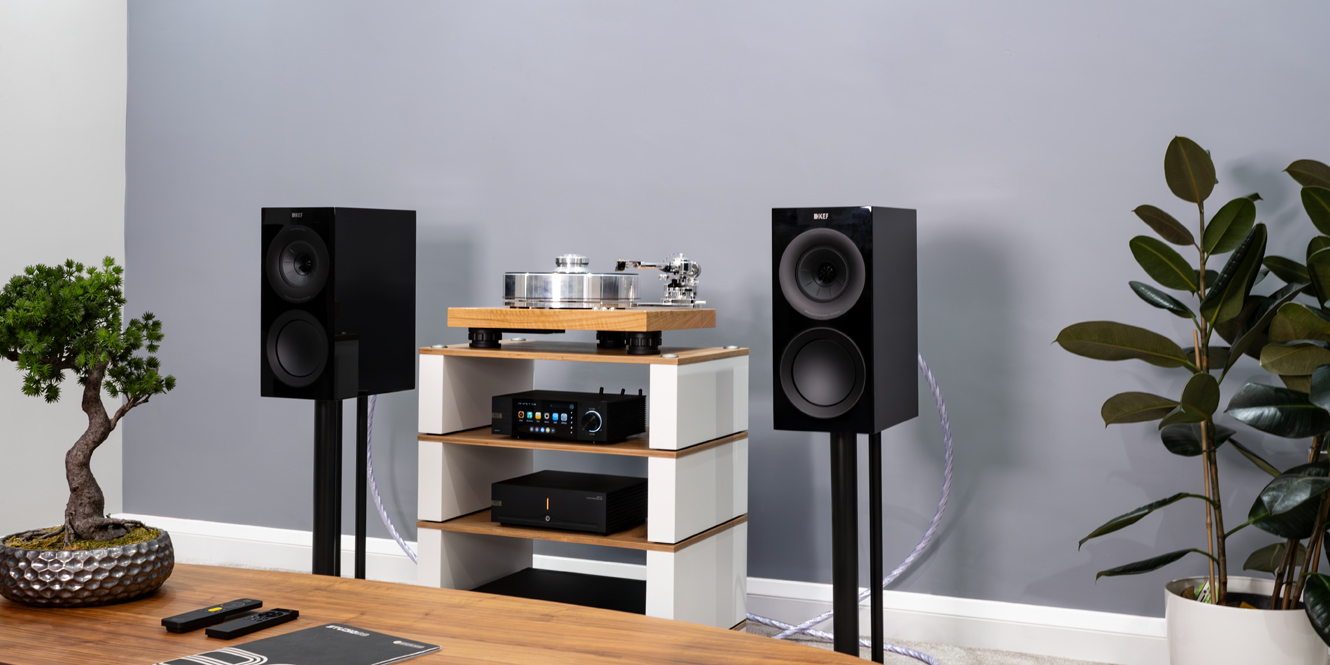
Design and features
To create a solid foundation with the latest KEF R3 Meta speaker, KEF built upon the standard R3 Uni-Q driver, featuring a slim rectilinear cabinet with internal bracing and layered damping materials. It also incorporates a rear-firing bass-reflex port, thoughtfully positioned for optimal performance.
They then refined the Shadow Flare, which helped KEF minimise baffle edge diffraction – something that had become noticeable with the 12th-generation Uni-Q driver array.
This dual-concentric design also features KEF’s Metamaterial Absorption Technology (MAT), or “Meta”, as referenced in the speaker’s name. This technology incorporates KEF’s latest advancements in the Uni-Q driver design.
KEF have kept the tangerine Waveguide and its partnering reinforced ribs technology, mid-range cone neck decoupler, hybrid aluminium diaphragm driver, and low-distortion motor – which are all popular mainstays of the Uni-Q driver itself.
So, what is MAT? Believe it or not, KEF have been working on Metamaterial Absorption Technology (MAT) since 2020, first integrating it into the LS50 collection and KEF Blades, which were among the brand’s earliest speakers to feature this sound absorption innovation.
MAT is visually represented by an odd, almost flat disc with a maze-like design. These intricately designed chambers channel up to 30 sound pressure levels, effectively overlapping and neutralising unwanted frequencies. This process removes undesirable nuances, delivering a cleaner, more precise sound.
Incorporating this clever technology came at a significant cost for KEF. It required a complete redesign of the Uni-Q array to accommodate MAT, which introduced additional challenges. The redesign altered the Uni-Q’s wavelength, necessitating further adjustments to resolve soundwave timing issues.
KEF addressed these challenges by developing the Shadow Flare, which minimised baffle edge diffraction. This innovation helped realign the soundwaves, mitigating smearing and smudging effects and ensuring a more accurate audio reproduction.
Work then shifted to optimising the position of the rear-firing bass reflex port to minimise standing-wave leakage.
As you might expect, this was no overnight task. KEF’s engineers dedicated hundreds of hours to refining the design, ensuring the R3 Meta speaker delivered the best possible performance. When you hear it, it’s clear their efforts have truly paid off.
Connectivity and setting up
At the rear, the KEF R3 Meta speaker offers both single and bi-wired connectivity options, enabled by KEF’s unique link connection system alongside its bass-reflex port. This innovative system allows for flexible cable termination, supporting either bi-wireable or single-ended speaker configurations to suit your setup. To get set up quickly, follow our guide to wiring speakers.
If you plan to connect via a stereo integrated amplifier or a power amplifier, simply ensure the link connection is set to open. This allows the amplifier to drive the high-frequency (HF) and low-frequency (LF) sections separately for each channel. Be cautious not to mix HF and LF connections at either the speaker or amplifier end, and if bi-amping, avoid mixing connections on either side.
As these speakers utilise a bass-reflex port, their placement is crucial to achieve balanced bass reproduction. Position them approximately 300mm to 450mm away from the wall for optimal performance – too close or too far can disrupt the bass balance.
For spacing between the speakers, the narrowest distance is typically around 2000mm, with an optimal range of 3000mm to 3500mm. At the widest, 4500mm is recommended. For seating, aim to position yourself in a layout resembling an equilateral or isosceles triangle, ensuring an immersive and balanced listening experience.
The KEF R Series Meta speakers demand more power than their predecessor, partly due to the impedance reduction from eight to four ohms. As a result, we recommend pairing them with higher-quality electronics or amplification that provides robust amperage. Options like the Lyngdorf TDAi-1120 or Quad Artera electronics are excellent choices for achieving the best performance from these speakers.
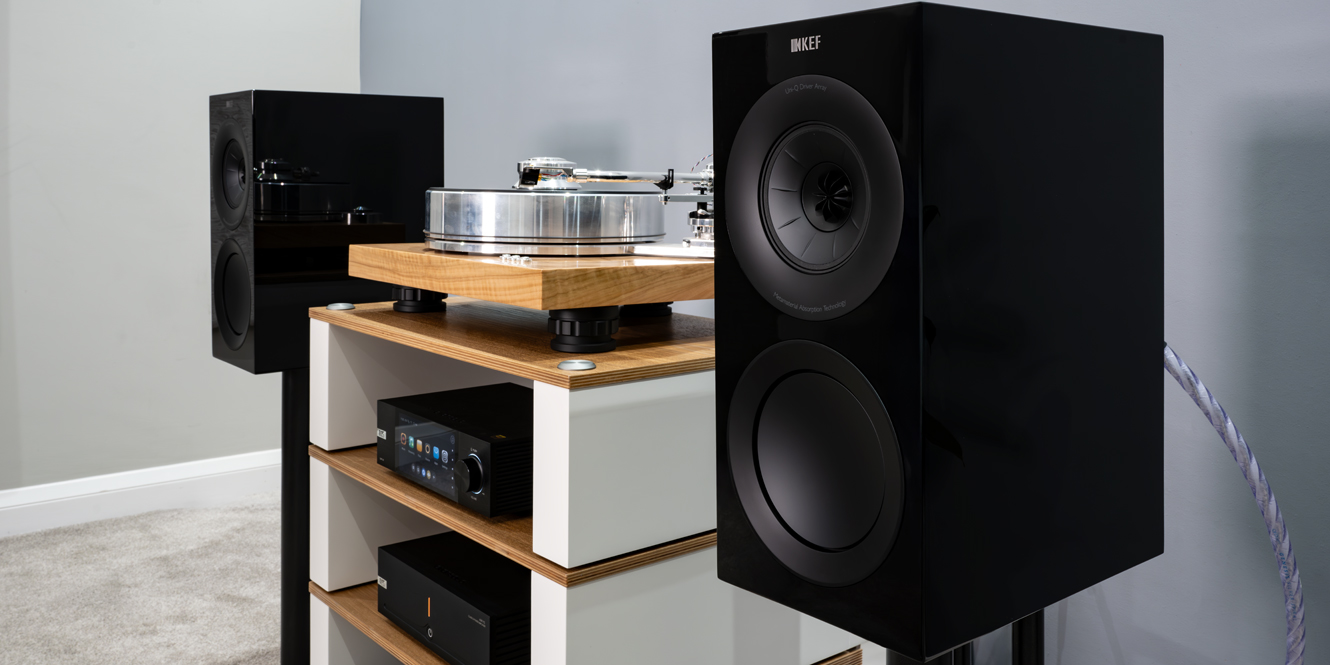
Sound
All these design elements and features make the KEF R3 Meta speaker a standout in its category. Its large standmount design commands attention, both visually and sonically, making it a striking addition to any music-listening setup.
The moment you hear it, the speaker’s physical size seems to disappear. It is one of the rare standmount models capable of delivering a convincing and well-balanced frequency range without requiring a subwoofer. That said, adding a subwoofer can further enhance the lower frequencies, providing the depth and impact typically associated with high-end floor-standing speakers.
The build quality of the KEF R3 Meta is up to the brand’s typically high standard, featuring clean lines and a sleek, monolithic aesthetic enhanced by its cohesive colour coding. Each speaker is impressively substantial, weighing 12.4kg (27.3 lbs) each. This heft contributes to a resonance-free cabinet, allowing the music to come alive with clarity and precision in your space.
To get the best out of the KEF R3 Meta speakers, note that the four-ohm impedance and sensitivity of 87dB @ 2.83V/1m means that they perform better with high-quality amplifiers. However, thanks to KEF’s Uni-Q system, they can still deliver impressive sound with all but the weakest stereo-integrated amplifiers. A well-matched amp will allow these speakers to truly shine.
KEF have come a long way since the older Q, QX, and Reference series speakers, which some might have described as bright. With every generation of the R Series, KEF have introduced a touch of warmth, enhancing the listening experience without compromising the openness of the soundstage.
They have achieved this balance while remaining true to the brand’s core philosophy – delivering revealing, musical clarity and the dynamic drive that KEF have long been celebrated for.
You’ll never feel that the KEF R3 Meta speakers are overexerting themselves, particularly in the midrange. Once the speakers have been properly run in – typically around 250 hours – any initial sluggishness in the higher frequencies you may have experienced during the burn-in period will become a distant memory.
The KEF R3 Meta speakers deliver a sonic performance that is both engaging and exciting, never feeling fatiguing or monotonous. Their musical ability brings recordings to life with a vibrant and dynamic soundstage.
As a true three-way standmount speaker, it boasts an impressive frequency range, extending down to around 38Hz (+/-6dB in typical room conditions). If you want even deeper bass, KEF’s KC62 or KC92 subwoofers provide seamless integration, extending the lower frequencies with the same meticulous attention to musical detail that defines KEF’s design philosophy.
Who is the KEF R3 suited to?
The expressive nature of the KEF R3 Meta speakers, with their strong focus on midrange clarity and bass extension, makes them particularly well-suited to genres like pop, rock, or ballads. These are styles where sharpness can sometimes verge on harshness or become overly loud if not well-controlled, a balance the R3 Meta handles masterfully.
Having said that, their performance is refined and versatile, meaning that whatever your preferred genre, the R3 Meta speakers deliver. With its competition either being more expensive or lacking in one way or another, KEF have hit the mark perfectly with these.
While some speakers might offer more aggressive attack or deeper bass, these often come with compromises in other areas, such as frequency balance or room compatibility. The R3 Meta provides a well-rounded performance that works in a variety of listening environments.
If you crave deeper bass and own an integrated stereo amplifier or AV Receiver with bass management controls, pair the speakers with one of the subwoofers mentioned above. Using a stereo-mode setup with a subwoofer not only enhances low-end performance but also alleviates strain on your integrated stereo amplifier – often the culprit behind muddled bass in many systems.
The KEF R Series
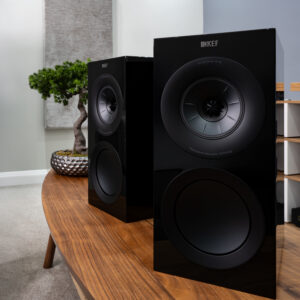 Since the introduction of the KEF R Series, which succeeded the QX Series, it has set a new benchmark for what the public can expect from a loudspeaker.
Since the introduction of the KEF R Series, which succeeded the QX Series, it has set a new benchmark for what the public can expect from a loudspeaker.
The R Series has been so successful that it has even compelled KEF to redefine and reimagine the Reference Series twice – a testament to the R Series’ exceptional quality.
For me, the KEF R3 Meta speaker represents a “Goldilocks” product for stereo setups, much like the R7 Meta. While the other models in the series excel at stereo playback, they are perhaps better suited to outstanding cinema systems that handle stereo exceptionally well.
If you’re planning a cinema setup, KEF offers a perfectly matched option in the R6 Meta Centre, ensuring a balanced and cohesive front soundstage.
Thanks to the versatility of the Uni-Q driver, you can use the R3 Meta for surround channels or opt for the more affordable Q Series models, such as the Q1 Meta or Q4 Meta, complemented by the Q8 Meta Atmos speakers for a complete surround sound experience.
If you’re considering floor-standing speakers for a similar sonic signature, the KEF R5 Meta is an excellent choice. Closely matched to the R3 Meta in musical performance, the R5 Meta provides a touch more bass extension.
FAQs
Is the KEF R3 Meta hard to drive?
In simple terms, the KEF R3 Meta is slightly harder to drive than the non-Meta R3 due to its four-ohm impedance compared to the previous eight-ohm design. However, with the right amplifier, these speakers perform effortlessly and deliver their full potential without difficulty.
Where is the KEF R3 meta made?
Although the KEF R3 Meta speakers were designed in the UK, like many speaker brands, their manufacturing takes place in China. What sets KEF apart is that their speakers are made in a bespoke factory specifically for KEF speakers.
Who is KEF owned by?
KEF are owned by GP Acoustics International Ltd, a part of the Gold Peak Group, which is based in Hong Kong. Despite this ownership, KEF retains its headquarters in Maidstone, UK. If you’ve ever wondered why KEF is called KEF, it’s because the brand was originally founded at a site known as Kent Engineering and Foundry – hence the name!
Final thoughts
As a standmount speaker, the KEF R3 Meta has gained immense popularity, and it’s easy to see why. These speakers strike a perfect balance – they never overemphasise or underdeliver, offering consistently impressive musical performances. Hopefully, our KEF R3 Meta review has highlighted why they are so highly regarded!
It’s safe to say we’re big fans, and judging by the widespread acclaim, we’re far from alone. Occasionally, a speaker brand gets everything so right that it shifts the standard, leaving competitors scrambling to keep up. The KEF R3 Meta feels like one of those pivotal products, setting a benchmark that will be challenging to surpass.
While the industry has seen this before, with one brand or another eventually rising to the occasion, it’s hard to predict who will step up next. What’s certain, though, is that the KEF R3 Meta will remain a reference point for years to come – perhaps even considered one of the all-time greats.
Much like its predecessor, the original KEF R300, these speakers are poised to leave a lasting legacy, even as KEF inevitably innovates beyond them.
Want more hi-fi guides and reviews? Check out the links below.


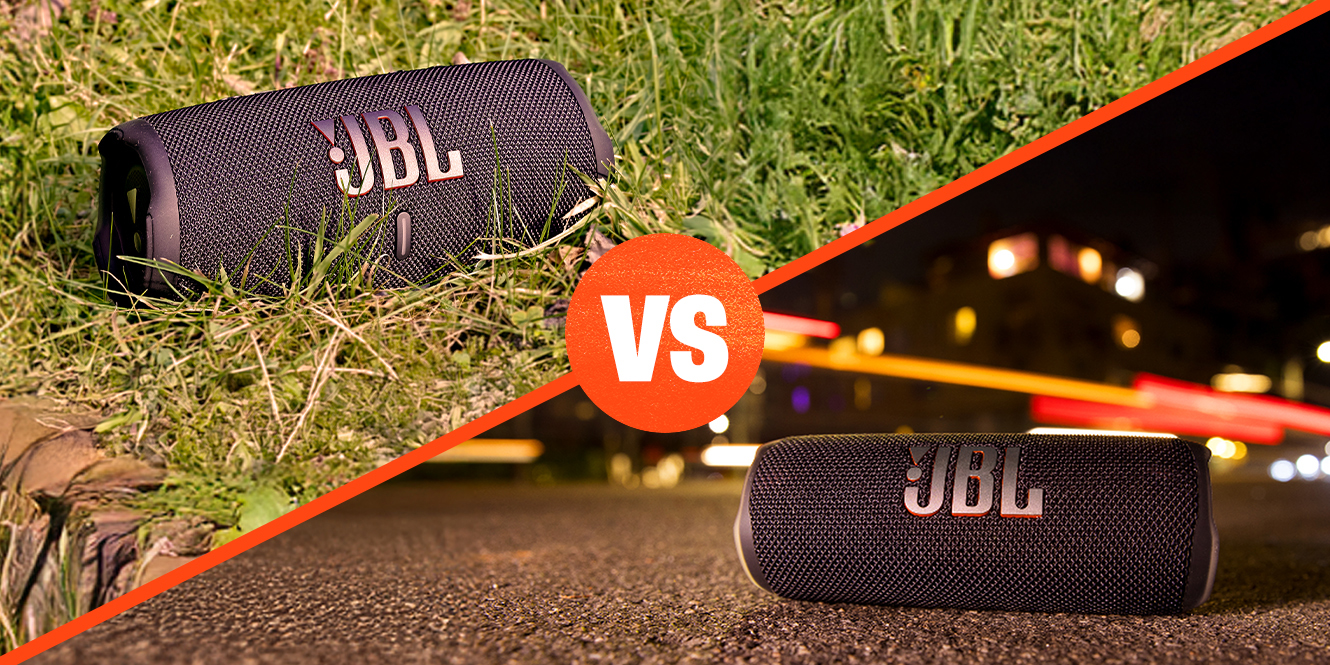

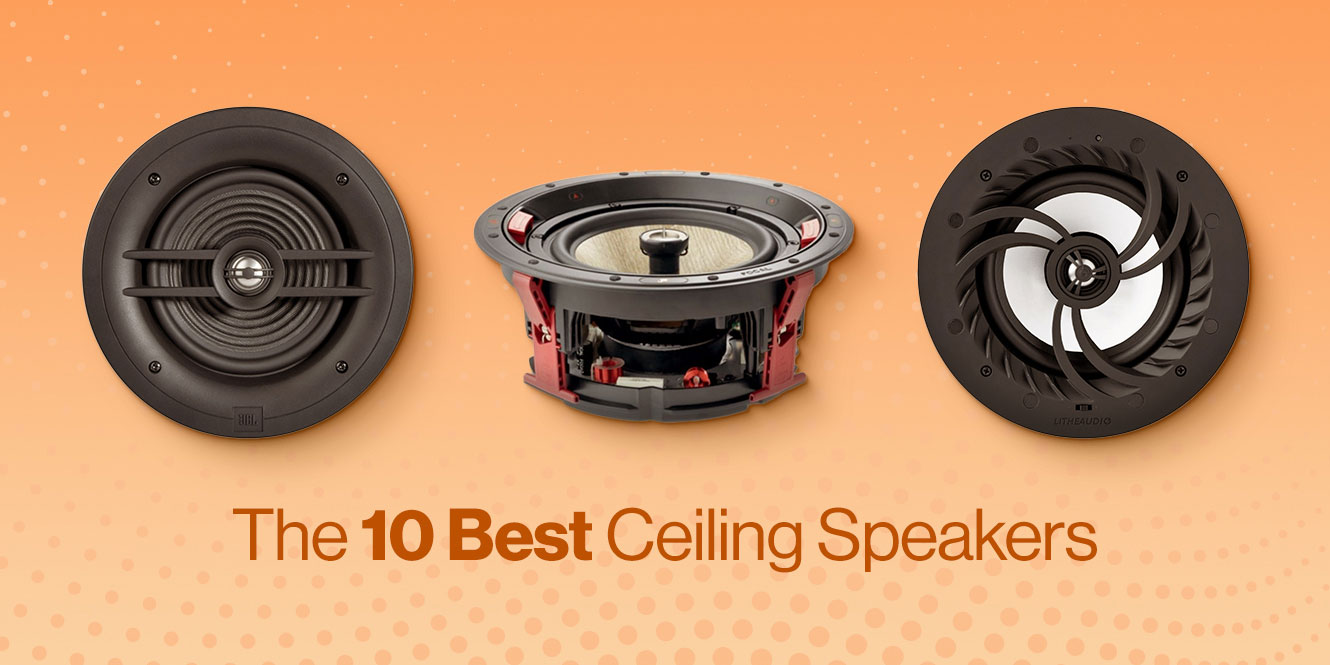
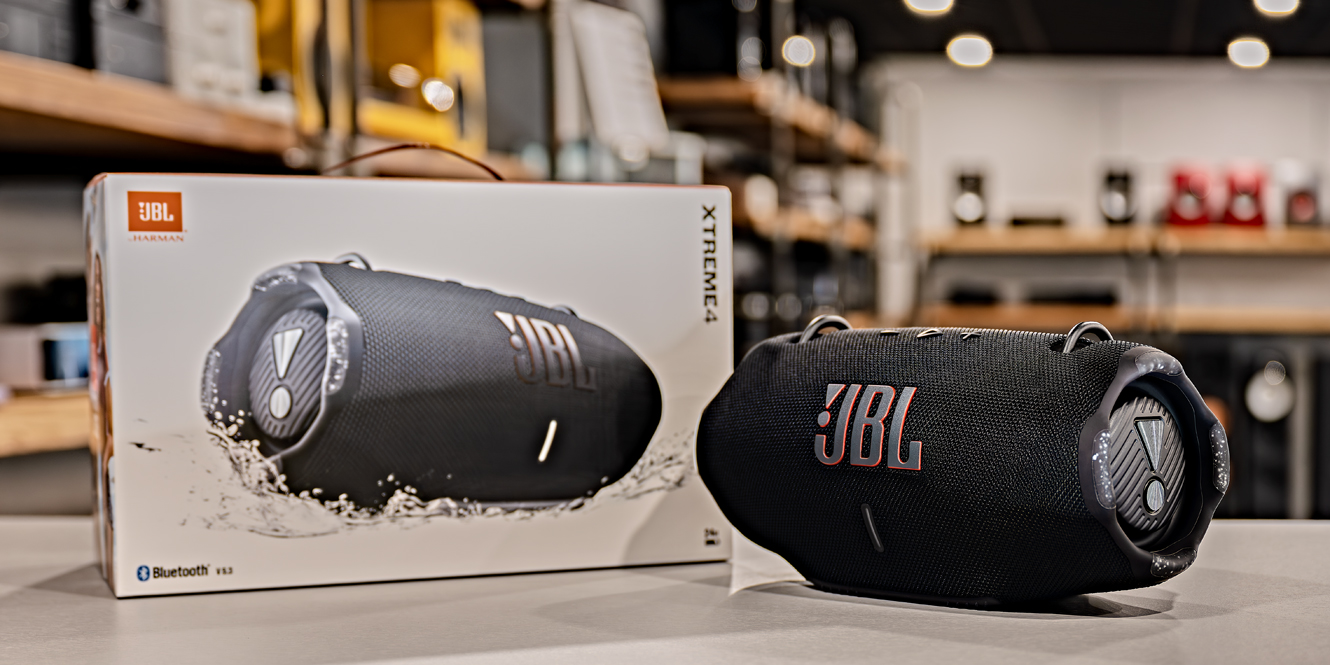
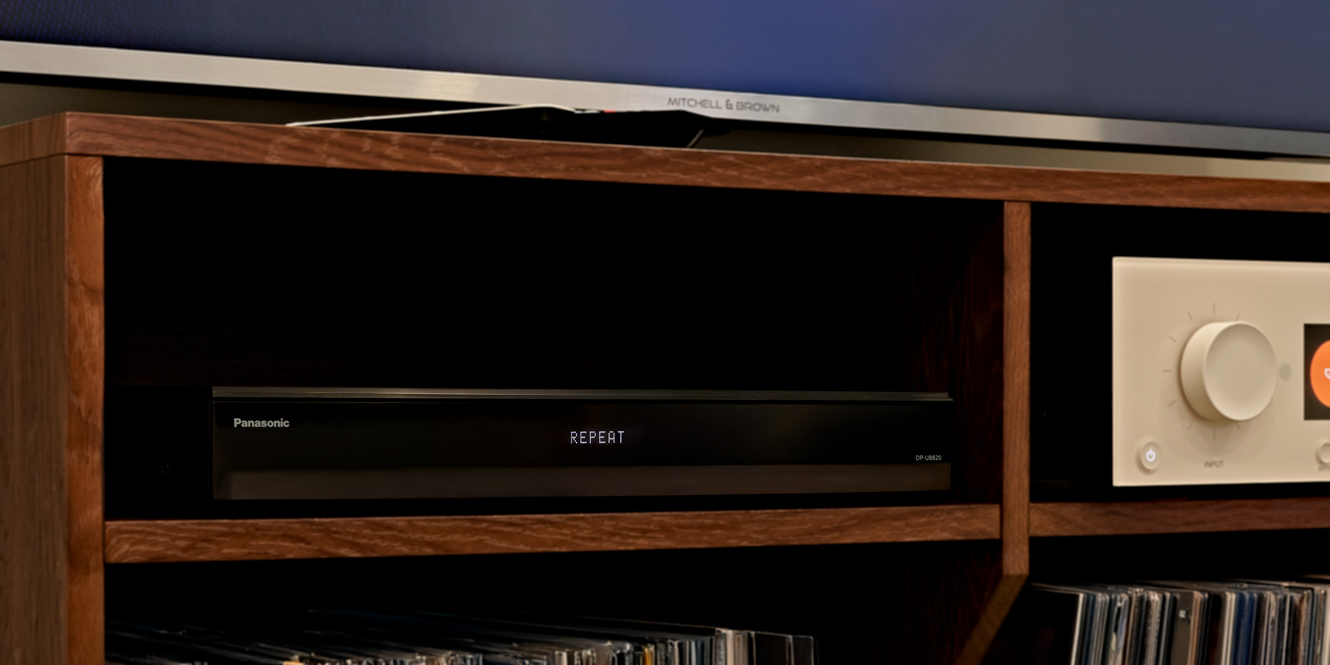



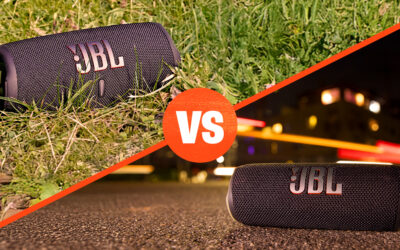
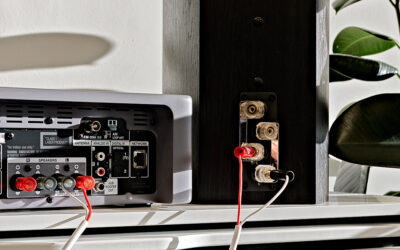

0 Comments